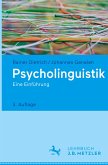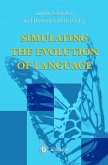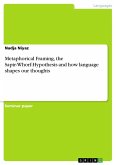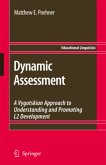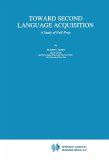The ubiquity of space in human thought and Language has inspired research in many fields for centuries. One central question has been how children learn the Language of space. Detailed findings on how specific spatial expressions are acquired during the very first years are available. However, little effort has been made to come up with a holistic picture of the development of space in Language. This book is such an effort. It is inspired by cognitive linguistics, embodiment theory and interactionist approaches to Language acquisition and invites its readers to go on a developmental journey from infants' preverbal spatial experiences to their early and later stages of spatial Language acquisition. In addition to extending the time span into adolescent and early adult years, the study includes both literal and non-literal instances of space. By concentrating on categories of space rather than on their linguistic correlates, it is possible to link the different developmental phasesand to focus on a range of spatial configurations in Language as wide as possible.
Hinweis: Dieser Artikel kann nur an eine deutsche Lieferadresse ausgeliefert werden.
Hinweis: Dieser Artikel kann nur an eine deutsche Lieferadresse ausgeliefert werden.


